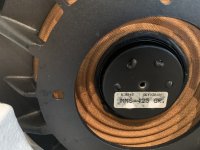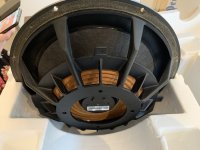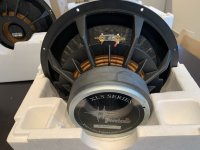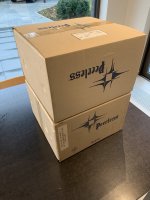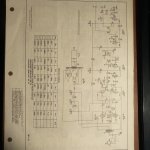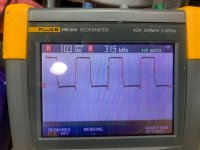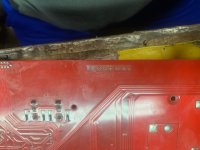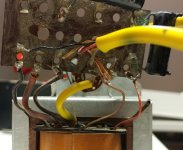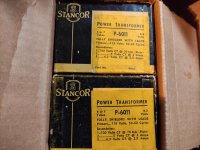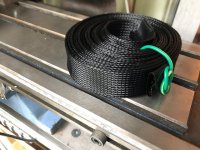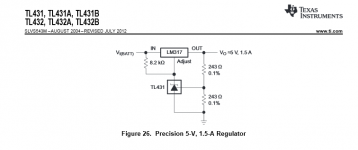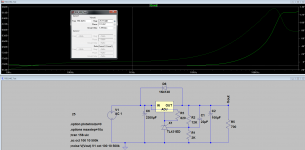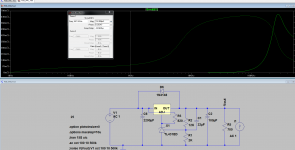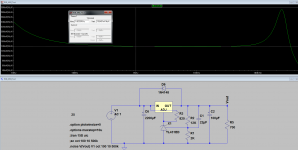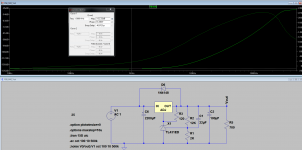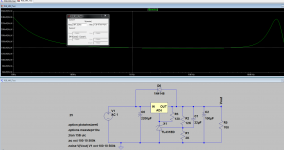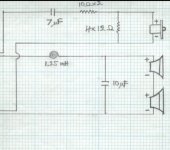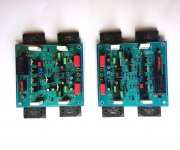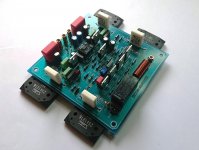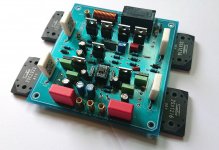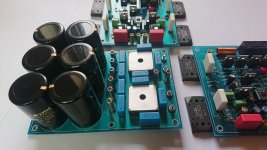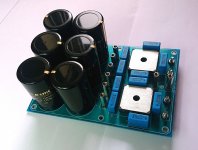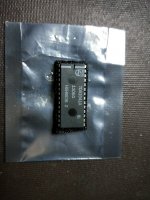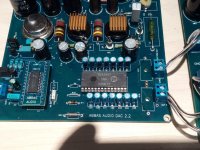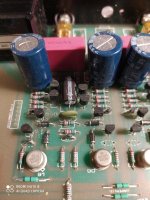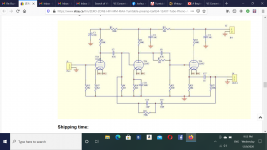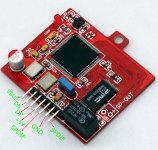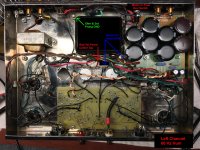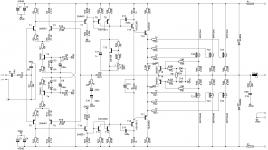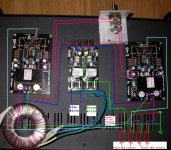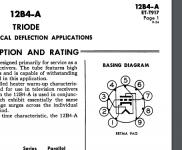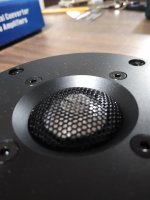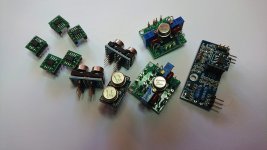SOLD
Hi all, I need to reduce the collection
🙂 and I am hoping to invest into a DIY speaker build next year so some of this stuff needs to go.
This is best for Local pickup in New Jersey. I can even deliver if relatively close, or meet half way in the Tri-State.
I am asking FAIR eBay market price -10% for this gear.
I prefer a local pickup deal.
Want it shipped?
Total = Price + Shipping+ $10 packaging (for anything that needs boxing)
1)
SOLD Sony SACD SCD-XA777ES, Flagship Multichannel Sony SACD player.
- Working great 9/10, I have been listening to it for two weeks now. (Only gave me a problem on one SACD in Multichannel playback, but the CD has scuffs, and my XA9000ES has similar issue with a different SACD that played well on the 777)
- laser was replaced when I got the player in 2013. It hasn't gotten a lot of play time. Was my main player for about a year, it mostly has been a display peace for my SACD player collection.
- Cosmetically 6.5/10. Conservative rating for some scuff and scratches to the Top of the player. Face is perfect, and you cant notice much from a few feet away.
- Includes original box, remote, power cable (maybe manual too, need to check)
-
100% of this sale will be donated to Cystic Fibrosis charity
- $670
2)
Sony RM-DS1 Remote for SCD-1 and SCD-777ES flagships.
- I have 3. Choose which one you want.
- Most worn one is 6/10, the keys are definitely a little yellower then the other two.
- 8/10 and 9/10.
- Only sale I see was $200...
-
$130, $140, $150, from worst to best
3)
Sony SACD SCD-777ES SCD-1 Stabilizer Puck Brass A-4672-800-A
- 6/10. I got it from someone as a spare. I has definitely been rolling around a cabinet and something hit it. I wasn't able to insert it on my SCD-1, there is a tiny nick near the hole. I never got around to file it out... didn't need to.
-
$80
4)
GIFTED TO FRIEND! NHT SB 2 Bookshelf Speakers.
- 8.5/10
- Beautiful black piano finish, high quality cabinets and paintjob. Just the carcass is worth the $$. Few swirl marks form cleaning. The foam surrounds are whiter on one speaker. They sound great.
-
$120? (only pair that sold on eBay was $200)
5)
Polk RT25i Bookshelf Speakers
- 8/10. Not much to say, they sound great actually. I'd be glad to keep these or give to a friend
🙂
-
$45
6)
Definitive Technology BP-2X Surround Speakers
- 7/10. Sound Great, grills are great, drivers are perfect. Some scuffs on top of the cabinets. The laminate is coming off at one corner.
-
$120
7)
Polk FXi A6 Surround Speakers (These might stay with me but lets see if there is interest)
- 9/10 Looks like new except for some minor scuffs from the speaker stands.
-
$180
8)
Furman Elite-20 Pfi, Power Factor Correcting Power Conditioner
- 9/10. Pulled from working home theater environment, 20A outlet required.
-
$500
9)
Pioneer PD-F407 25-Disc CD-File Changer no remote
- 9/10. I cant see anything that stand out, good condition, works great, sounds pretty good, and the CD file system is pretty cool!
-
$35
New 10) Sherbourn PT-7030 Surround Processor
- 8/10 conservative rating. Only one scuff on front side panel, can’t see it from a few feet.
- it comes with remote but nothing else.
- came out of a working home theater. Had it hooked up to hdmi and XLR outputs.
- high end preamp!!!
-
$375 - I think that’s a steal for this preamp with XLR! Last one Sold for $360+Shipping on eBay and there are some ridiculous listings now for $750+
FIXED AND KEEPING ITBonus: Sony DVP-9000ES w/t remote
- 4/10 cosmetics. It was going to be project so I removed the top cover and sanded to repaint... I never repainted
- 7/10 functional.
Correction I ran about 12 SACDs through it and I played all but 2, which it only read the CD layer. So I’d call it functional. Sounded beautiful
- lots of high quality parts in this one, also the face is very nice 8.5/10. Love the design. It will make a great project when you get around to it.
-
$65
I think this is it for now.
Pictures are up on the bellow link
Audiophile Gear For Sale - Album on Imgur
Thanks for looking!
🙂
Edit: added Shoreborn 7030, update Sony dvp-s9000es



